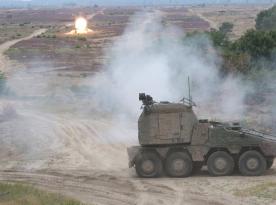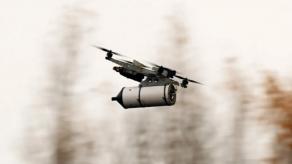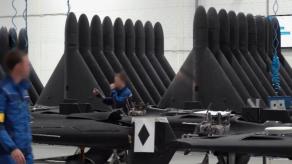Ukrainian researchers have created and officially codified specialized anti-drone ammunition, which significantly increases the chances of taking down UAVs such as Mavic-type quadcopters or FPV drones. This is achieved through a specialized projectile design for 5.56×45mm cartridges that can be used in standard rifles like the Bren 2, which is also produced locally in Ukraine.
According to the developers, this project was initiated by the Brave1 defense cluster, which added that they aim for every soldier to carry at least one magazine filled with these special rounds. While the specific principle of the ammunition was not disclosed, judging by the design and similar products worldwide, some reasonable assumptions can be made.
Read more: FP-1 Deepstrike Drones Scale Up in Number and Break Through Moscow Defenses, Ukraine's Attack on Krasnozavodsk Shows
It likely involves sophisticated ammunition that contains additional sub-projectiles inside, which spread upon firing to increase the chances of hitting a drone. This matches the description provided by Brave1 and also aligns with the visual evidence available.
Similar types of ammunition have already been presented by russian manufacturers, not only in the 5.45×39 mm caliber for assault rifles but also in larger calibers like 7.62×54R and shotgun shells such as 12/70 and 12/72. One manufacturer even claimed that their rounds could spread the pellets into a 25-centimeter-wide cloud at a distance of 100 meters.
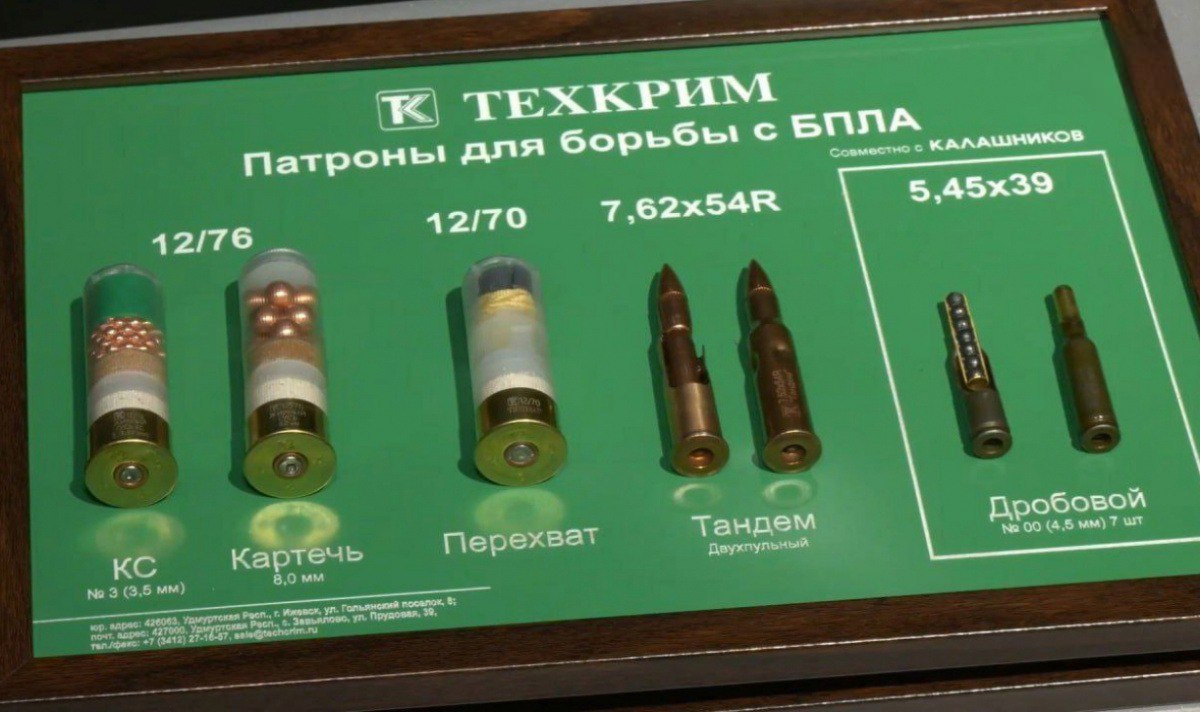
However, such developments have mostly remained prototypes, or, more likely, they have been supplied in very limited quantities. As a result, many russian troops reportedly resort to making their own anti-drone rounds at the frontlines. Yet these improvised cartridges are often not only inefficient but can also cause damage to the weapons firing them.
This can happen due to poor quality, as these homemade rounds are frequently produced using makeshift materials and 3D printers. But beyond manufacturing flaws, there are deeper ballistic considerations.
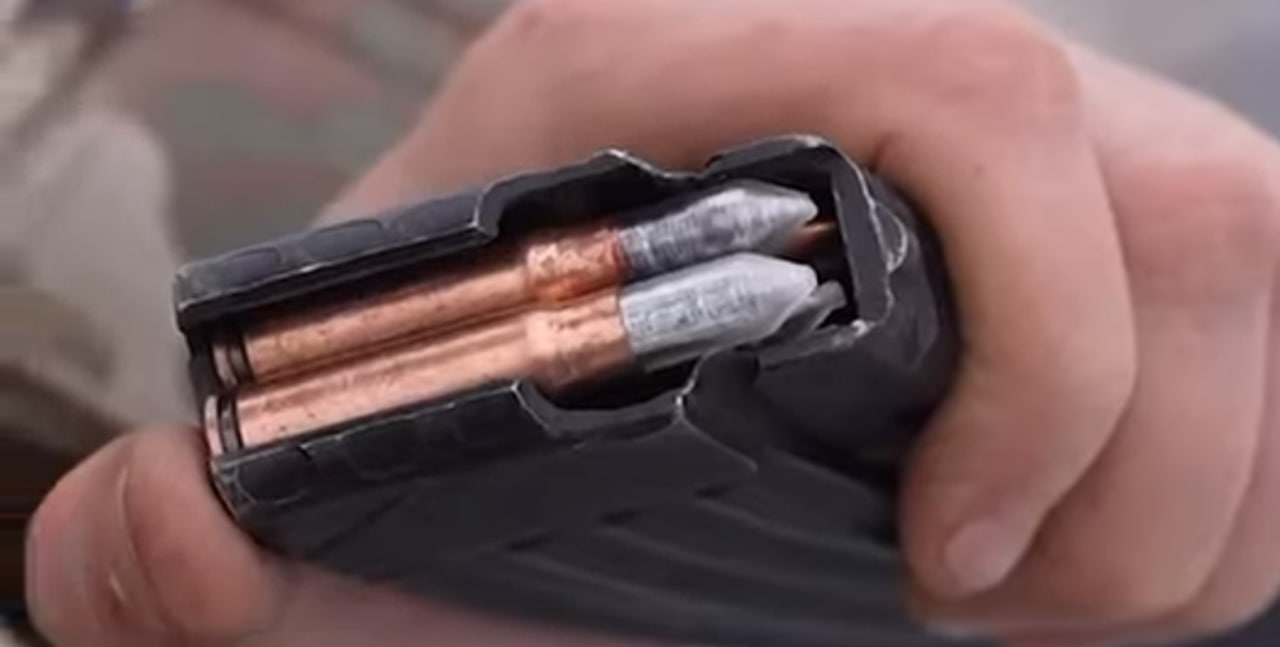
For example, the well-known Swedish ammunition maker Norma conducted tests and concluded that simply hitting an FPV drone is not enough; a certain level of kinetic energy is required to fully stop it. Their research showed that, compared to the widely used No. 8 shot (2.25 mm diameter), a heavier No. 6 shot (2.75 mm diameter) made from denser material than regular lead performs significantly better.
While these findings were based on shotgun tests, the same principles can apply to other types of firearms. In other words, although multi-projectile ammo can hit a drone, it might not always be enough to bring it down effectively.
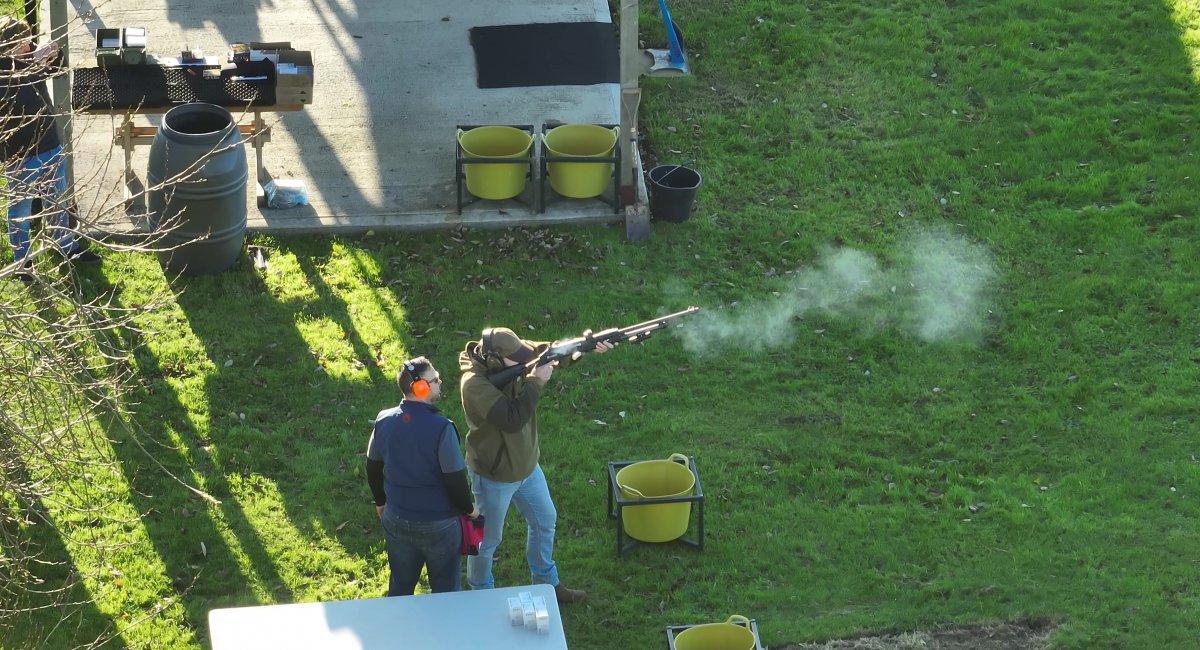
This problem likely affects many of the homemade rounds being produced, which often use cheap, lightweight submunitions. Evaluating the effectiveness of industrially produced samples is much harder since no verified data on their actual battlefield performance is available.
Nevertheless, the video showing tests of the Ukrainian anti-drone ammunition clearly demonstrates successful drone takedowns, suggesting that these rounds contain reasonably effective projectiles and offer meaningful potential.
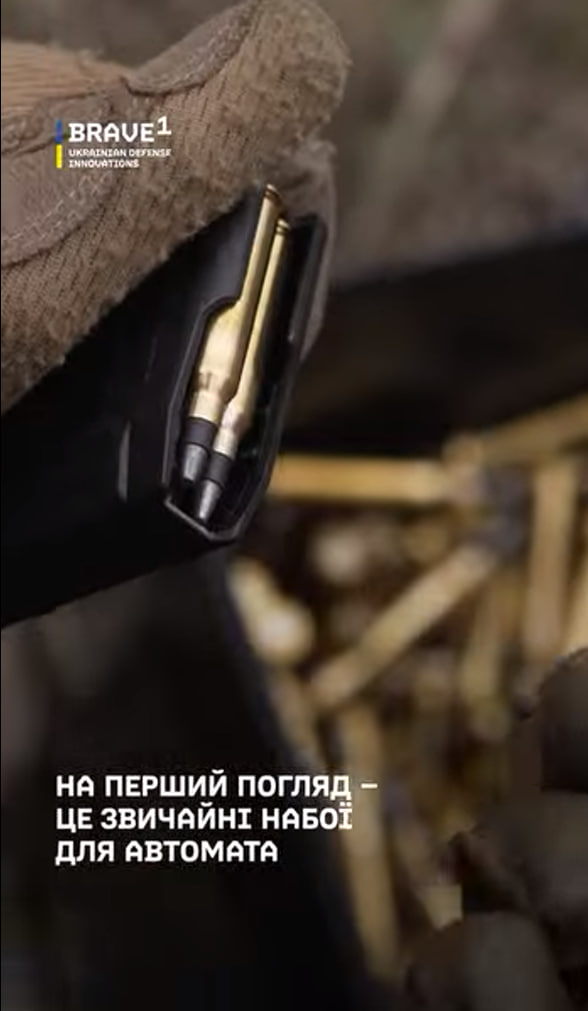
Considering the findings from Norma's tests and the general need for sufficient kinetic energy to reliably disable drones, such an ammunition concept appears quite practical for Ukraine. The Ukrainian Armed Forces widely use the 7.62×39mm caliber — both in older AK-74 rifles and in modern weapons like the domestically produced UAR-15 and Bren 2, which simplifies logistics and makes mass adoption feasible.
While rifle cartridges function differently from shotgun shells, delivering a single large projectile rather than a spread of smaller pellets, there is still room for innovative designs that pack multiple fragments inside a bullet to increase hit probability while retaining enough stopping power to bring down a drone effectively.
For now, Ukraine's anti-drone rifle ammo looks like a promising tool — but whether it will turn into a real game changer or remain just a filler depends on scaling up production, battlefield feedback, and — most importantly — timeful and sufficient supplies. Without consistent delivery and proven effectiveness in real combat, even the best lab results may not be enough to make a lasting difference.
Read more: Germany’s Military Build-Up: 1,000 Leopard 2 Tanks and 2,500 Boxer APCs for NATO Defense







